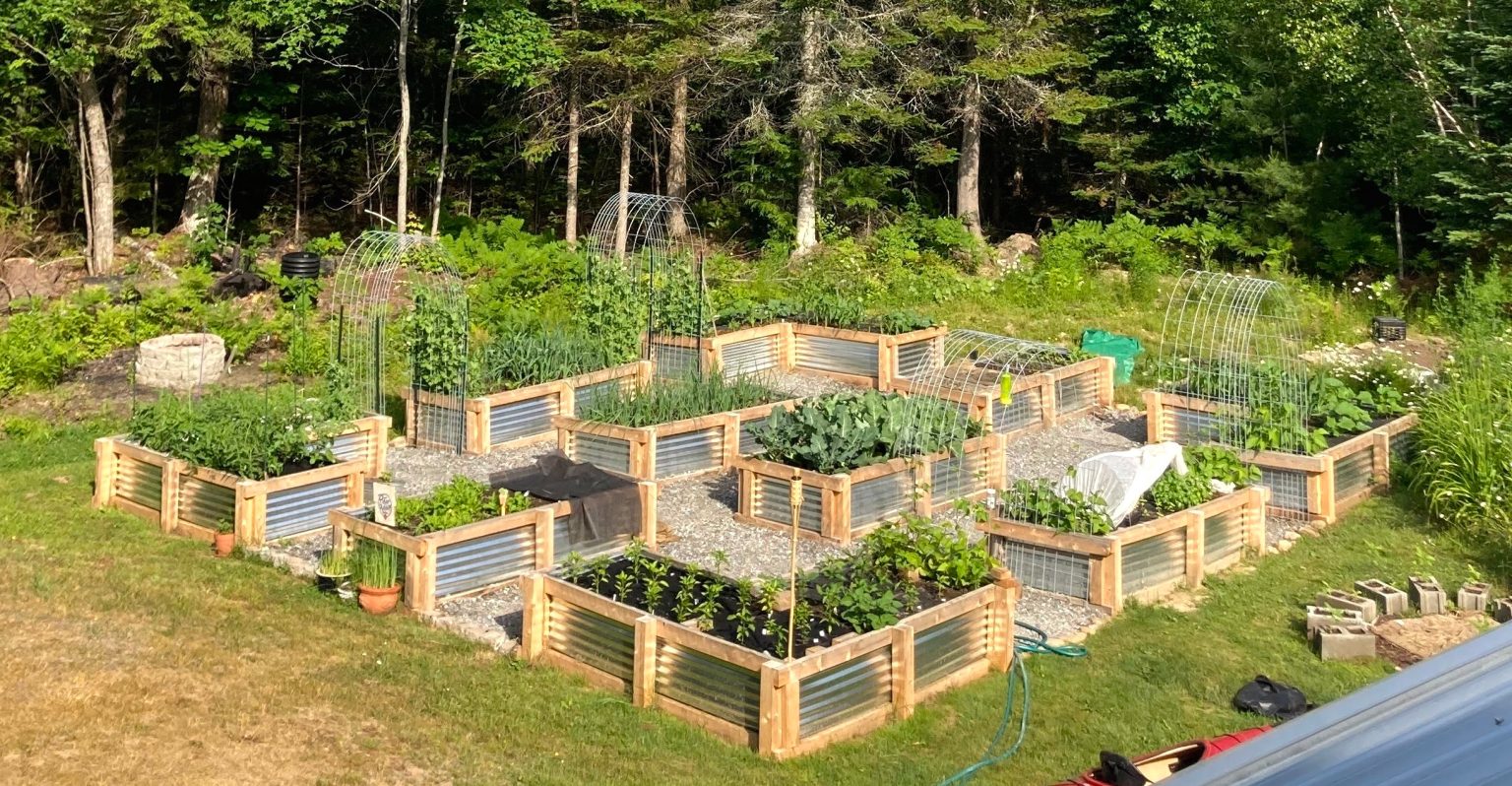

Articles
What Was A Victory Garden
Modified: October 20, 2024
Discover the history and benefits of Victory Gardens. Learn how gardening can improve your health and sustainability practices. Start your own garden today!
(Many of the links in this article redirect to a specific reviewed product. Your purchase of these products through affiliate links helps to generate commission for Storables.com, at no extra cost. Learn more)
Introduction
Gardening has always been a popular pastime, offering a range of benefits such as stress relief, physical activity, and the beauty of nature. However, during specific periods in history, gardening took on a new level of importance, not just as a leisure activity, but as a critical means of survival and self-sufficiency. One such period was during the era of Victory Gardens.
Victory Gardens, also known as war gardens or food gardens for defense, emerged during World Wars I and II. They were a response to food shortages and the need to support the war effort. These gardens allowed citizens to contribute to the war by growing their own food, reducing the strain on commercial agriculture, and ensuring a stable food supply for soldiers and civilians alike.
In this article, we will delve into the history and significance of Victory Gardens, exploring their purpose, impact, and legacy. Let’s explore how these gardens played a pivotal role in promoting self-sufficiency and fostering a sense of community during times of conflict.
Key Takeaways:
- Embracing the legacy of Victory Gardens promotes self-sufficiency, community engagement, and sustainable food production, fostering resilience and unity in times of challenge.
- Victory Gardens inspire a deeper connection to nature, healthier communities, and a sense of empowerment through gardening, leaving a lasting legacy of resilience and environmental stewardship.
Read more: What Gardeners Need
Definition of a Victory Garden
A Victory Garden can be defined as a plot of land, whether in a backyard, a vacant lot, or even small containers, cultivated by individuals or communities during times of war or other emergencies. The primary objective of these gardens is to produce fresh fruits, vegetables, and herbs to supplement food supplies and alleviate pressure on the commercial food system. The name “Victory Garden” itself reflects the idea that these gardens were seen as a way to contribute to the overall victory of the war effort.
Victory Gardens were not limited to a specific size; they could range from small patches of land to more extensive plots. The flexibility of these gardens allowed individuals with limited resources and space to participate fully. Even small apartment balconies and windowsills could be transformed into productive spaces for growing food. The movement emphasized the idea that anyone and everyone could contribute to the collective effort, regardless of their circumstances.
These gardens were a symbol of resilience, self-sufficiency, and patriotism. They provided an opportunity for individuals to take an active role in supporting their nation in times of crisis. Beyond providing sustenance, Victory Gardens also offered a sense of empowerment and pride, as people were able to witness the tangible results of their efforts and see the impact they were making in their communities.
The concept of Victory Gardens has evolved over time and is not limited to wartime efforts alone. Today, they have become synonymous with sustainable living, community engagement, and promoting a healthy lifestyle. They serve as a reminder of the importance of food security and the value of cultivating our own sustenance.
Historical Background
The roots of Victory Gardens can be traced back to the early 20th century, specifically during World Wars I and II. These periods were marked by significant disruptions to the food supply chain due to the redirection of resources towards the war effort and the need to feed not only soldiers but also the civilian population.
During World War I, countries like the United States and United Kingdom faced food shortages and rationing. To combat these challenges, governments launched campaigns encouraging citizens to grow their own food. In the United States, Charles Lathrop Pack, the head of the U.S. National War Garden Commission, spearheaded the movement, promoting the idea that gardening was a national duty and a form of patriotism.
Victory Gardens experienced a resurgence during World War II, becoming even more prevalent and impactful. With the onset of war, resources were again diverted towards military purposes, causing severe food shortages across the globe. To ensure a stable food supply, governments encouraged their citizens to increase food production by planting gardens wherever possible.
The United States government, under the direction of President Franklin D. Roosevelt, launched the National Victory Garden Program in 1942. Millions of Americans responded to the call, converting lawns, parks, and even rooftops into productive plots. Schools, businesses, and community organizations also played a crucial role in establishing and maintaining Victory Gardens.
In the United Kingdom, the government launched the successful “Dig for Victory” campaign, encouraging citizens to cultivate any available land, including public parks and private gardens. The campaign was a massive success, with over 1.4 million gardens producing an estimated 1.3 million tons of food by 1944.
These initiatives demonstrated the power of collective action and highlighted the resilience and determination of the people during challenging times. Victory Gardens became a symbol of hope and unity, showcasing the ability of communities to come together and overcome adversity by growing their own food.
Purpose of Victory Gardens
The primary purpose of Victory Gardens was to address the food shortages and ensure a stable food supply during times of war or other emergencies. These gardens played a crucial role in achieving self-sufficiency, reducing the strain on commercial agriculture, and freeing up resources to support the war effort. Let’s explore the main purposes of Victory Gardens in more detail:
1. Food Production: The most evident purpose of Victory Gardens was to produce fresh fruits, vegetables, and herbs for consumption. By growing their own food, individuals and communities became less reliant on the commercial food system, which was often strained or disrupted during times of conflict. Victory Gardens helped supplement rations, providing a diverse and nutritious food source for households.
2. Conservation of Resources: By growing their own food, individuals were able to conserve and redirect precious resources towards the war effort. Commercial agriculture required significant amounts of labor, water, fuel, and other vital resources. Victory Gardens helped relieve the pressure on the agricultural industry, allowing these resources to be directed towards military operations and the production of essential goods.
3. Boosting Morale: Victory Gardens played a vital role in boosting morale and promoting a sense of unity and purpose among citizens. Gardening provided individuals with a productive and meaningful activity that directly contributed to the war effort. It offered a sense of empowerment, as people could actively participate in supporting their country, even if they were not directly involved in the military.
4. Community Building: Victory Gardens fostered a sense of community and camaraderie among individuals who worked together to cultivate and maintain these gardens. They became spaces for sharing knowledge, resources, and labor. Community gardens promoted collaboration, social interaction, and the exchange of ideas, strengthening the bonds between neighbors and contributing to a collective sense of purpose.
5. Education and Skill Development: Victory Gardens were also platforms for education and skill development. School gardens allowed students to learn about food production, nutrition, and sustainable practices. Adults learned valuable gardening techniques and gained knowledge about self-sufficiency and food preservation. These skills were not only beneficial during times of war but also served as a foundation for a more sustainable and resilient future.
Overall, the purpose of Victory Gardens extended beyond simply growing food. They represented a collective effort to address food shortages, promote self-sufficiency, and foster a sense of community and resilience during periods of societal upheaval.
Promoting Self-Sufficiency
One of the key goals of Victory Gardens was to promote self-sufficiency among individuals and communities during times of war. By growing their own food, people were able to rely less on the commercial food system and take control of their own sustenance. Let’s explore how Victory Gardens contributed to promoting self-sufficiency:
1. Food Security: Victory Gardens provided a reliable and accessible source of fresh produce, ensuring a stable food supply even in times of scarcity. Individuals and communities could grow a variety of fruits, vegetables, and herbs, reducing their reliance on rationed or limited food items. This not only helped meet the nutritional needs of households but also provided a sense of security and peace of mind during uncertain times.
2. Reduced Dependency: By cultivating their own food, individuals became less dependent on the commercial food system, which was often strained or disrupted during times of war. Victory Gardens allowed people to take charge of their own well-being, reducing reliance on external sources for their sustenance. This empowerment helped build resilience and independence, enabling individuals to navigate challenging circumstances with greater confidence.
3. Skill Development: Victory Gardens provided an opportunity for individuals to develop essential gardening skills. People of all ages learned about planting, nurturing, and harvesting crops, as well as various techniques for soil preparation, pest management, and composting. These skills not only ensured successful garden yields but also equipped individuals with valuable knowledge for future food production and self-sufficiency.
4. Preservation and Storage: Victory Gardens also encouraged individuals to learn techniques for food preservation and storage. Excess produce could be canned, dried, or pickled to ensure a steady supply of food throughout the year. By mastering these methods, individuals were able to extend the shelf life of their garden harvests and reduce waste, thus maximizing the benefits of their hard work and ensuring food availability during leaner times.
5. Resource Management: Victory Gardens encouraged efficient resource management. Individuals learned to maximize limited space, water, and sunlight to produce optimal yields. They also explored ways to reuse and recycle materials, such as composting kitchen scraps and using rainwater for irrigation. These practices not only promoted self-sufficiency but also fostered a sense of environmental responsibility and sustainability.
By promoting self-sufficiency, Victory Gardens empowered individuals to take control of their food supply, build important skills, and reduce their dependency on external sources during challenging times. This sense of self-reliance not only benefited individuals and families, but it also had broader societal and economic impacts, contributing to a more resilient and sustainable food system.
Read more: What Time Can Gardeners Start Work
Impact on the Home Front
Victory Gardens had a profound impact on the home front during times of war. These gardens played a crucial role in not only addressing food shortages but also fostering a sense of unity, empowerment, and resilience among individuals and communities. Let’s explore the various impacts of Victory Gardens on the home front:
1. Food Supply: Victory Gardens significantly contributed to increasing the availability of fresh produce. As individuals and communities grew their own fruits, vegetables, and herbs, the pressure on the commercial food system was alleviated. This ensured a more stable food supply for households. Victory Gardens also enabled people to supplement rationed food items, ensuring a varied and nutritious diet for their families.
2. Economic Relief: By growing their own food, individuals could save money on their grocery bills. Victory Gardens allowed households to stretch their budgets and allocate resources for other essential needs. The economic relief provided by these gardens was particularly significant during times of war when resources were scarce and consumer goods were rationed.
3. Sense of Patriotism: Victory Gardens instilled a sense of patriotism and civic duty among individuals. By actively participating in the war effort through food production, citizens felt a strong connection to their nation and a sense of pride in supporting the troops. Victory Gardens became a symbol of unity and unwavering support for the cause, fostering a collective sense of national identity and purpose.
4. Community Building: Victory Gardens served as catalysts for community engagement and social cohesion. Neighbors came together to share resources, knowledge, and labor. Community gardens became spaces for collaboration, camaraderie, and the exchange of ideas. The gardens fostered a sense of belonging and connectedness in local neighborhoods, strengthening social bonds and creating lasting friendships.
5. Health and Well-being: Victory Gardens promoted physical activity and outdoor engagement, contributing to improved health and well-being. Gardening provided individuals with opportunities to exercise, reduce stress, and connect with nature. The availability of fresh, homegrown produce also enhanced the nutritional content of meals, promoting healthier diets and overall well-being.
6. Educational Opportunities: Victory Gardens provided educational opportunities, particularly for children. School gardens became outdoor classrooms, allowing students to learn about agriculture, biology, and the importance of sustainable food production. These experiences instilled valuable skills and a sense of environmental responsibility in future generations.
The impact of Victory Gardens on the home front was multifaceted, addressing immediate food shortages, strengthening the social fabric, promoting patriotism, and fostering healthier and more resilient communities. The legacy of these gardens continues to inspire individuals and communities to embrace self-sufficiency, sustainability, and the power of collective action in times of crisis.
A Victory Garden was a home garden planted during World War I and II to supplement food rations and boost morale. It was a way for civilians to contribute to the war effort and ensure food security.
Government Support and Initiatives
The success of Victory Gardens depended heavily on extensive government support and initiatives. Governments around the world recognized the importance of encouraging citizens to participate in these gardens to address food shortages during times of war or emergency. Let’s explore the different ways in which governments supported and initiated Victory Gardens:
1. Public Awareness Campaigns: Governments launched public awareness campaigns to promote the concept of Victory Gardens and encourage widespread participation. These campaigns utilized various media platforms such as newspapers, radio broadcasts, posters, and pamphlets to educate and motivate citizens to grow their own food. They highlighted the role of Victory Gardens in supporting the war effort and emphasized the importance of self-sufficiency.
2. Education and Training: Governments provided educational resources and training programs to equip individuals with the knowledge and skills necessary for successful gardening. Schools and community centers offered workshops, lectures, and demonstrations on topics such as soil preparation, seed selection, plant care, and food preservation. This ensured that even novice gardeners could participate and make meaningful contributions.
3. Provision of Seeds and Supplies: To kickstart Victory Gardens, governments often provided free or subsidized seeds, tools, and gardening supplies to individuals and communities. This support made it easier for people to get started and eliminated some of the financial barriers associated with gardening. Governments also collaborated with seed companies and agricultural organizations to ensure a steady supply of quality seeds and resources.
4. Land Allocation and Conversion: Governments identified and allocated vacant lots, public parks, and other unused spaces for the establishment of community gardens and larger-scale Victory Gardens. They also encouraged landowners to convert lawns or idle areas into productive gardens. Some governments even launched programs to support rooftop gardens and container gardening in urban areas where land was limited.
5. Research and Development: Governments invested in research and development to improve gardening techniques, increase crop yields, and provide guidance on pest control. Scientists and agricultural experts worked closely with government agencies to develop innovative cultivation methods and breeding programs tailored to the specific needs of Victory Gardens. This research aimed to optimize food production and address the challenges posed by wartime conditions.
6. Coordination and Support for Community Gardens: Governments facilitated the establishment of community gardens by providing logistical support, organizing cooperative efforts, and connecting interested individuals and groups. They established networks and partnerships with community organizations, schools, and local authorities to create a cohesive support system for Victory Gardens. This coordination ensured efficient use of resources and promoted a sense of community ownership and participation.
Through these initiatives, governments played a pivotal role in promoting and sustaining Victory Gardens. Their support not only encouraged widespread participation but also provided the necessary resources and knowledge to ensure the success of these gardens. The collaborative efforts between governments and citizens showcased the power of collective action in addressing food shortages and building self-sufficient communities.
Garden Design and Layout
Victory Gardens were designed and laid out in a way that maximized productivity and efficient use of space, accommodating diverse growing conditions and the available resources. The design and layout of these gardens played a crucial role in ensuring optimal yields and successful food production. Let’s explore some key considerations in garden design for Victory Gardens:
1. Space Utilization: Victory Gardens were designed to make the most of the available space, regardless of size. Gardeners utilized every inch, from expansive backyards to small plots, containers, and even vertical spaces. Clever design techniques such as intensive planting, intercropping, and trellising were employed to maximize the number of plants and the yield per square foot.
2. Raised Beds and Containers: Raised beds and containers were popular choices for Victory Gardens, particularly in urban areas with limited ground space. These raised structures allowed for better control over soil quality, drainage, and ease of maintenance. Containers such as pots, barrels, and hanging baskets were used to grow herbs, salad greens, or small vegetables on balconies, windowsills, and patios.
3. Companion Planting: Companion planting was a common practice in Victory Gardens, where plants with mutually beneficial relationships were grown together. Companion plants helped repel pests, attract beneficial insects, or provide shade and support for one another. For example, tall crops like corn were planted alongside climbing beans, which used the cornstalks for support.
4. Succession Planting: To ensure a continuous harvest, gardeners practiced succession planting, which involved planting crops at different times to stagger their maturity. This technique allowed for a steady supply of fresh produce throughout the growing season. As one crop was harvested, another was already sprouting, maximizing the use of space and extending the productivity of the garden.
5. Crop Rotation: Victory Gardens employed crop rotation to prevent soil depletion and minimize the risk of pests and diseases. Different plant families were rotated in designated beds or areas each year, reducing the build-up of pests and diseases that target specific crops. Crop rotation promoted healthier plants and improved soil fertility, ensuring sustainable and productive gardening over the long term.
6. Efficient Watering: With water being a precious resource, Victory Gardens implemented efficient watering techniques. Strategies like drip irrigation, rainwater harvesting, and mulching were employed to minimize water wastage and ensure plants received adequate moisture. Mulching with organic materials like straw or wood chips helped retain soil moisture, suppress weeds, and regulate soil temperature.
7. Pest Control: Integrated pest management techniques were utilized in Victory Gardens to address common pests and diseases without relying heavily on chemical pesticides. Natural pest control methods, such as attracting beneficial insects, companion planting, and handpicking pests, were preferred. Additionally, regular monitoring and early intervention helped prevent major infestations and protect the garden’s productivity.
By considering these design and layout principles, Victory Gardens were able to make the most of available resources, space, and growing conditions. These gardens showcased innovative approaches to sustainable gardening and demonstrated the potential for self-sufficiency even in limited or challenging environments.
Popular Crops and Plants
Victory Gardens aimed to maximize food production and diversify the diet of individuals and communities. A wide range of crops and plants were grown in these gardens to ensure a balanced and nutritious food supply. Let’s explore some of the popular crops and plants commonly cultivated in Victory Gardens:
1. Leafy Greens: Leafy greens such as lettuce, spinach, Swiss chard, and kale were popular choices in Victory Gardens. These crops are relatively easy to grow, have a short growing season, and provide a rich source of vitamins and minerals. They were a valuable addition to meals during times when fresh produce was scarce.
2. Root Vegetables: Root vegetables like carrots, beets, turnips, and radishes were staple crops in Victory Gardens. These vegetables are hardy and can be stored for longer periods, providing a valuable source of nutrients. They were also important as they helped to diversify the diet and provided much-needed variety in meals.
3. Beans and Legumes: Beans and legumes were popular due to their high protein content and ability to fix nitrogen in the soil, enriching it for future crops. Varieties such as green beans, peas, lentils, and broad beans were grown extensively in Victory Gardens. They provided a nutritious source of plant-based protein and served as an important dietary supplement.
4. Tomatoes: Tomatoes were a widespread favorite in Victory Gardens due to their versatility and high nutritional value. They were consumed both fresh and preserved as canned tomatoes or sauces, providing a burst of flavor to various dishes. Tomatoes grow well in warmer climates and were commonly grown in areas where the weather permitted.
5. Herbs and Spices: Victory Gardens often included a diverse selection of herbs and spices for culinary and medicinal purposes. Popular choices included basil, thyme, parsley, rosemary, and mint. These herbs not only enhanced the flavor of meals but also provided natural remedies and antioxidants.
6. Fruits: While space limitations often made it challenging to grow large fruit trees, smaller fruit-bearing plants like strawberries, raspberries, and blackberries were commonly grown in Victory Gardens. These fruits offered a tangy sweetness and were rich in vitamins, minerals, and antioxidants.
7. Cabbage Family: Crops from the cabbage family, including cabbage, broccoli, cauliflower, and Brussels sprouts, were important in Victory Gardens. They provided a good source of nutrition, as well as the ability to be preserved through pickling or fermentation, ensuring a steady supply during winter months.
8. Heritages Seeds and Forgotten Crops: Victory Gardens also aimed to revive and preserve heritage seeds and forgotten or underutilized crops. Many gardeners cultivated heirloom varieties of vegetables and grains, ensuring the preservation of genetic diversity and cultural heritage.
Overall, Victory Gardens encompassed a wide range of crops and plants that provided a diverse and nutritious diet. These gardens showcased the importance of growing a variety of fresh produce, both for sustenance during difficult times and for a sustainable and resilient food system.
Read more: What Is Walled Garden
Community and School Gardens
Community and school gardens played a pivotal role in the success of Victory Gardens. These gardens not only provided opportunities for increased food production but also fostered a sense of community, education, and empowerment. Let’s explore how community and school gardens contributed to the Victory Garden movement:
1. Collaboration and Collective Effort: Community gardens brought neighbors together, promoting collaboration and shared responsibility. Individuals with varying levels of gardening experience worked side by side, sharing knowledge, resources, and labor. This collaborative spirit created strong bonds within the community, leading to a deeper sense of pride and belonging.
2. Education and Skill Development: Community and school gardens presented valuable educational opportunities. Expert gardeners and volunteers often provided guidance to newcomers, teaching them essential gardening skills, sustainable practices, and the importance of local food systems. These gardens became living classrooms, inspiring a whole new generation to embrace gardening as a means of self-sufficiency and community building.
3. Food Access and Equity: Community gardens played a vital role in addressing food access and equity issues. They provided fresh produce to community members who may have limited access to affordable and nutritious food. By growing their own food, individuals were able to supplement their diets and access a diverse range of fruits, vegetables, and herbs. Community gardens also emphasized the importance of sharing resources and supporting those in need within the community.
4. Beautification and Green Spaces: Community gardens transformed underutilized or abandoned spaces into vibrant and productive green areas. These gardens added beauty to neighborhoods, improving overall aesthetics and creating a sense of pride. They also enhanced mental and physical well-being by providing green spaces for relaxation, recreation, and connection with nature.
5. Intergenerational Connections: Community and school gardens provided a platform for intergenerational connections. Older generations shared traditional gardening wisdom with younger participants, while children and teenagers brought new energy and enthusiasm to the gardens. These interactions helped bridge generational gaps and fostered mutual respect and understanding among community members.
6. Environmental Stewardship: Community and school gardens promoted environmental stewardship and sustainability. Practices such as composting, rainwater harvesting, and organic gardening methods were commonly employed. These gardens served as examples of resilient and earth-friendly food production, inspiring individuals to adopt more sustainable practices in their own lives.
7. Sense of Civic Engagement: Community and school gardens encouraged a sense of civic engagement and responsibility. Participants saw the impact of their actions on the local community, contributing to neighborhood self-sufficiency and supporting the broader war effort. These gardens fostered a collective sense of purpose and demonstrated the power of grassroots initiatives in addressing societal challenges.
Community and school gardens were integral to the Victory Garden movement, promoting collaboration, education, food access, environmental sustainability, and community well-being. Their impact extended far beyond food production, leaving a lasting legacy of shared knowledge, community building, and the importance of collective action for a more resilient future.
Legacy of Victory Gardens
The legacy of Victory Gardens extends beyond their immediate impact during times of war. These gardens have left a lasting imprint on society, influencing gardening practices, community engagement, and the broader concept of self-sufficiency. Let’s explore some significant aspects of the legacy of Victory Gardens:
1. Sustainable Food Production: Victory Gardens highlighted the importance of sustainable food production and the benefits of growing one’s own food. The emphasis on organic gardening practices, composting, and water conservation techniques showcased the potential for sustainable agriculture on a small scale. The legacy of Victory Gardens continues to inspire individuals to adopt eco-friendly gardening practices and strive for a more self-sufficient and resilient food system.
2. Community Engagement: Victory Gardens demonstrated the power of community engagement and collaboration. Neighbors working together in community gardens fostered a sense of solidarity, shared responsibility, and mutual support. The legacy of Victory Gardens continues to inspire the establishment of community gardens, where people come together to cultivate and share resources, build relationships, and strengthen the social fabric of their neighborhoods.
3. Education and Skill Building: The educational aspect of Victory Gardens left a legacy of teaching gardening skills, sustainable practices, and the importance of local food systems. School gardens became integral to hands-on, experiential learning, providing children with a deeper understanding of food production and environmental stewardship. The legacy of Victory Gardens continues to inspire educational institutions to integrate gardening and food-related curriculum into their programs, fostering a connection between students and the natural world.
4. Food Security and Resilience: The concept of Victory Gardens heightened awareness around food security and the importance of self-sufficiency. It showcased the value of growing one’s own food as a means of reducing dependence on external sources and building resilience during times of crisis. The legacy of Victory Gardens serves as a reminder of the need to prioritize local food production, support local farmers, and promote sustainable agriculture for long-term food security.
5. Health and Well-being: Victory Gardens promoted physical activity, outdoor engagement, and access to fresh, nutritious food. The legacy of these gardens has contributed to the recognition of the significant health benefits associated with gardening, including stress reduction, increased physical activity, and a closer connection to nature. Today, many individuals and communities continue to prioritize gardening as a means of improving overall well-being.
6. Environmental Consciousness: Victory Gardens fostered environmental consciousness by promoting practices such as composting, water conservation, and organic gardening. The legacy of these gardens continues to inspire individuals to adopt eco-friendly habits in their gardening practices and daily lives. It serves as a reminder of the importance of responsible stewardship of the Earth’s resources.
The legacy of Victory Gardens represents a resilient and self-sufficient approach to gardening and community building. It reminds us of the power of collective action, the benefits of sustainable practices, and the possibility of building stronger, healthier, and more connected communities. By embracing the legacy of Victory Gardens, we can continue to nurture the values of self-sufficiency, community engagement, and environmental stewardship for a better future.
Conclusion
Victory Gardens have had a profound impact on society, not only during times of war but also in shaping our understanding of community, self-sufficiency, and sustainable food production. These gardens, cultivated by individuals and communities, played a vital role in addressing food shortages, promoting unity, and fostering a sense of pride and purpose. As we reflect on the legacy of Victory Gardens, we are reminded of the enduring lessons they impart:
First and foremost, Victory Gardens teach us the importance of self-sufficiency. They emphasize our ability to take control of our food supply and reduce our dependence on external sources. By cultivating our own fruits, vegetables, and herbs, we gain empowerment and resilience in the face of challenges.
Furthermore, Victory Gardens highlight the power of community engagement. They bring people together, forging connections and fostering a sense of shared responsibility. Community gardens provide not only fresh produce but also spaces for education, collaboration, and the exchange of ideas.
The educational aspect of Victory Gardens is equally significant. They offer opportunities to learn important gardening skills, promote sustainable practices, and raise awareness about the importance of local food systems. School gardens, in particular, instill a sense of environmental stewardship in future generations, equipping them with the knowledge needed for a sustainable future.
The legacy of Victory Gardens also underscores our commitment to food security. These gardens showcase the value of diversifying our food sources, reducing waste, and supporting local farmers. By prioritizing local food production and embracing sustainable agriculture, we increase our resilience to potential disruptions in the global food system.
Moreover, Victory Gardens remind us of the close connection between gardening and overall well-being. Engaging with nature, physical activity, and access to fresh, nutritious food contribute to improved physical and mental health. Gardening has the power to nourish both our bodies and our souls.
As we look to the future, let us draw inspiration from the legacy of Victory Gardens. Whether through community gardens, rooftop plots, or small container gardens, we can all contribute to a more sustainable and resilient food system. By cultivating our own food and fostering a sense of community, we build stronger bonds and a healthier society.
The spirit of Victory Gardens continues to inspire us, guiding our actions towards self-sufficiency, environmental stewardship, and community resilience. Let us embrace this legacy and sow the seeds of a better future for generations to come.
Frequently Asked Questions about What Was A Victory Garden
Was this page helpful?
At Storables.com, we guarantee accurate and reliable information. Our content, validated by Expert Board Contributors, is crafted following stringent Editorial Policies. We're committed to providing you with well-researched, expert-backed insights for all your informational needs.

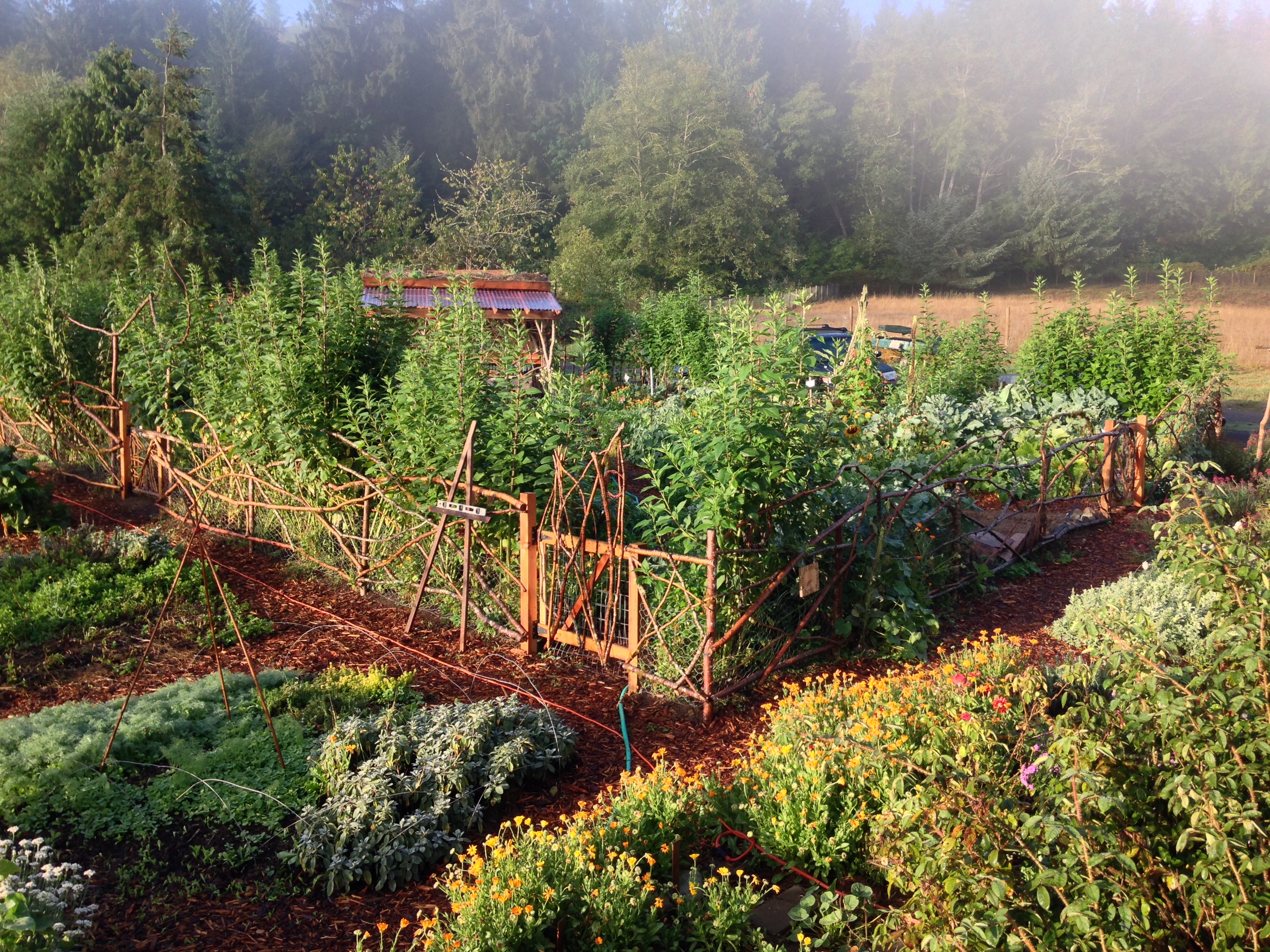
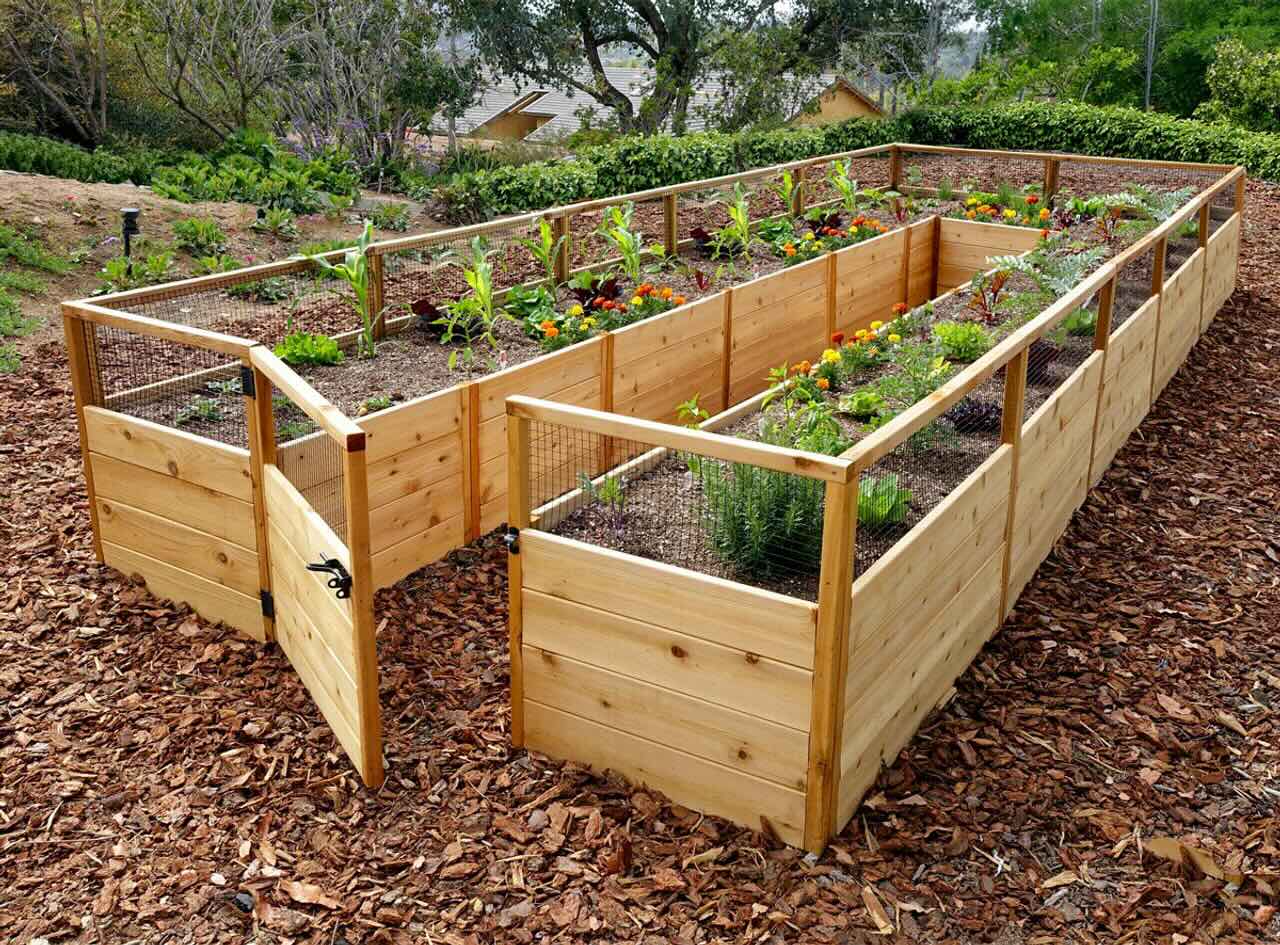
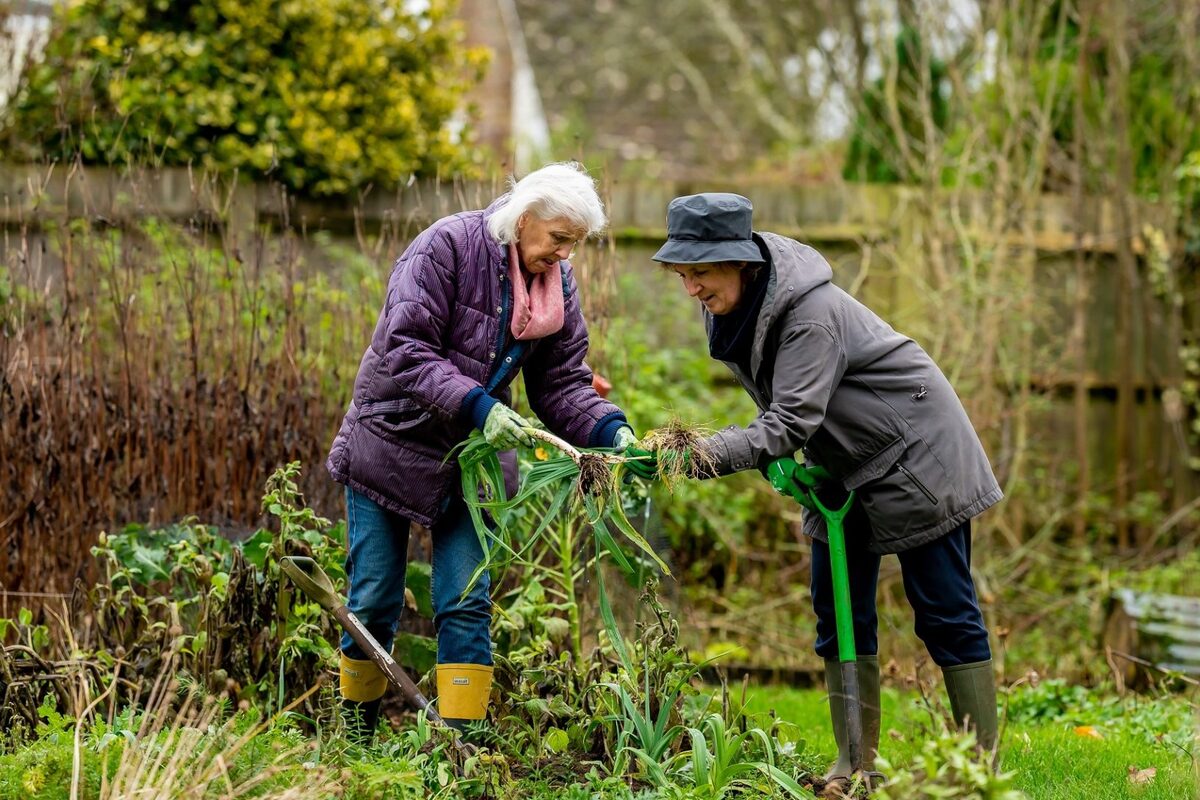


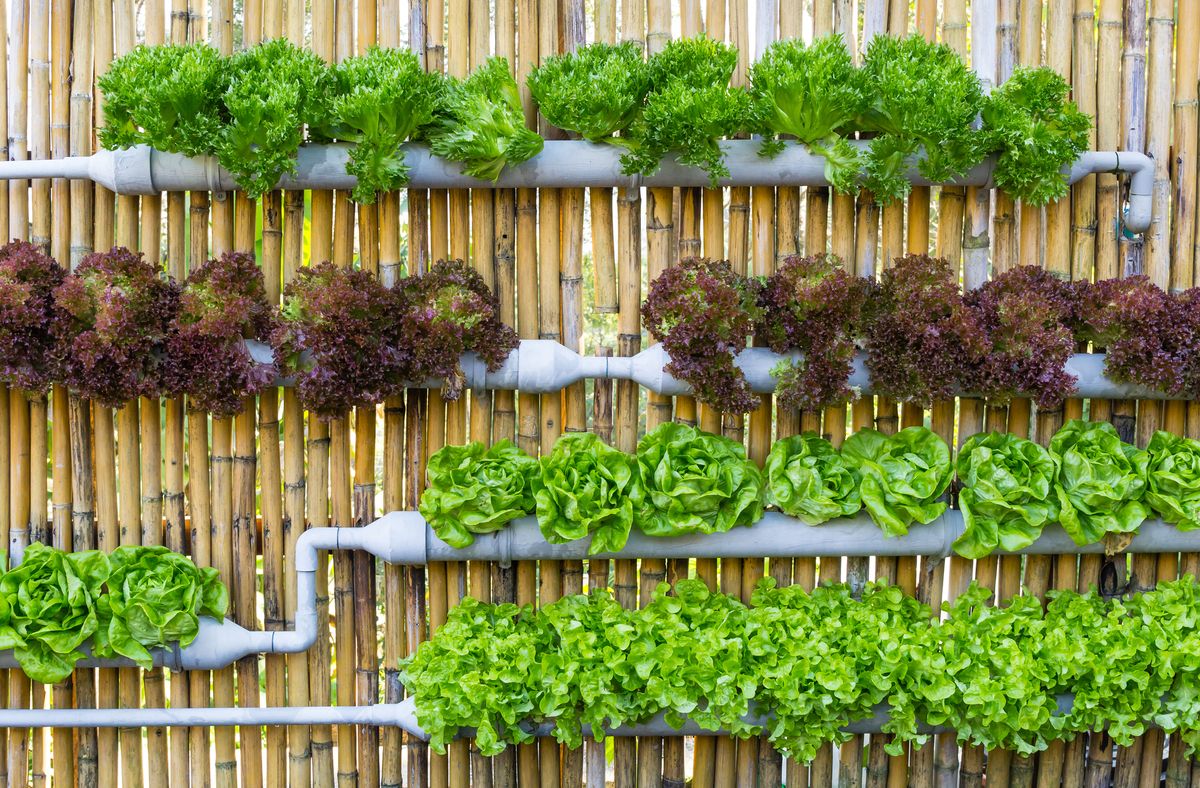
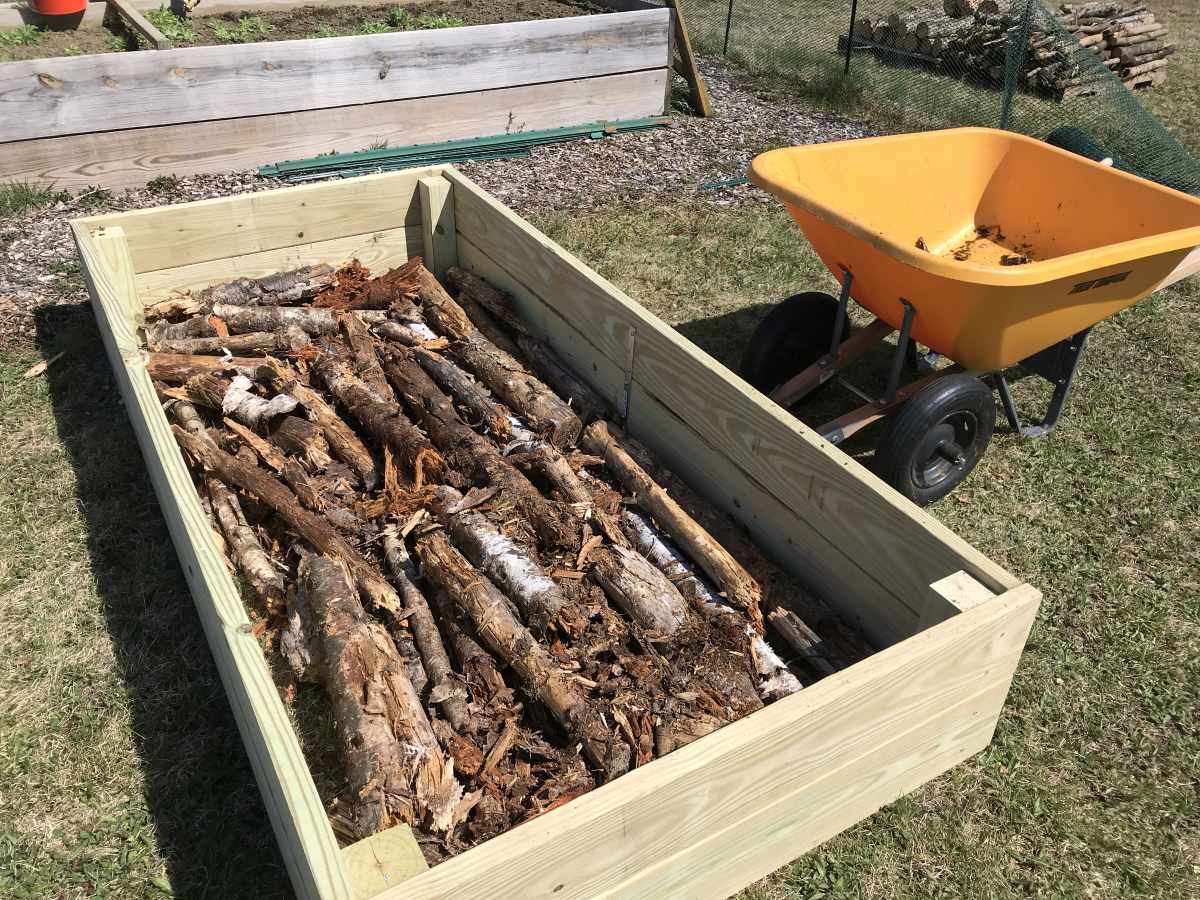
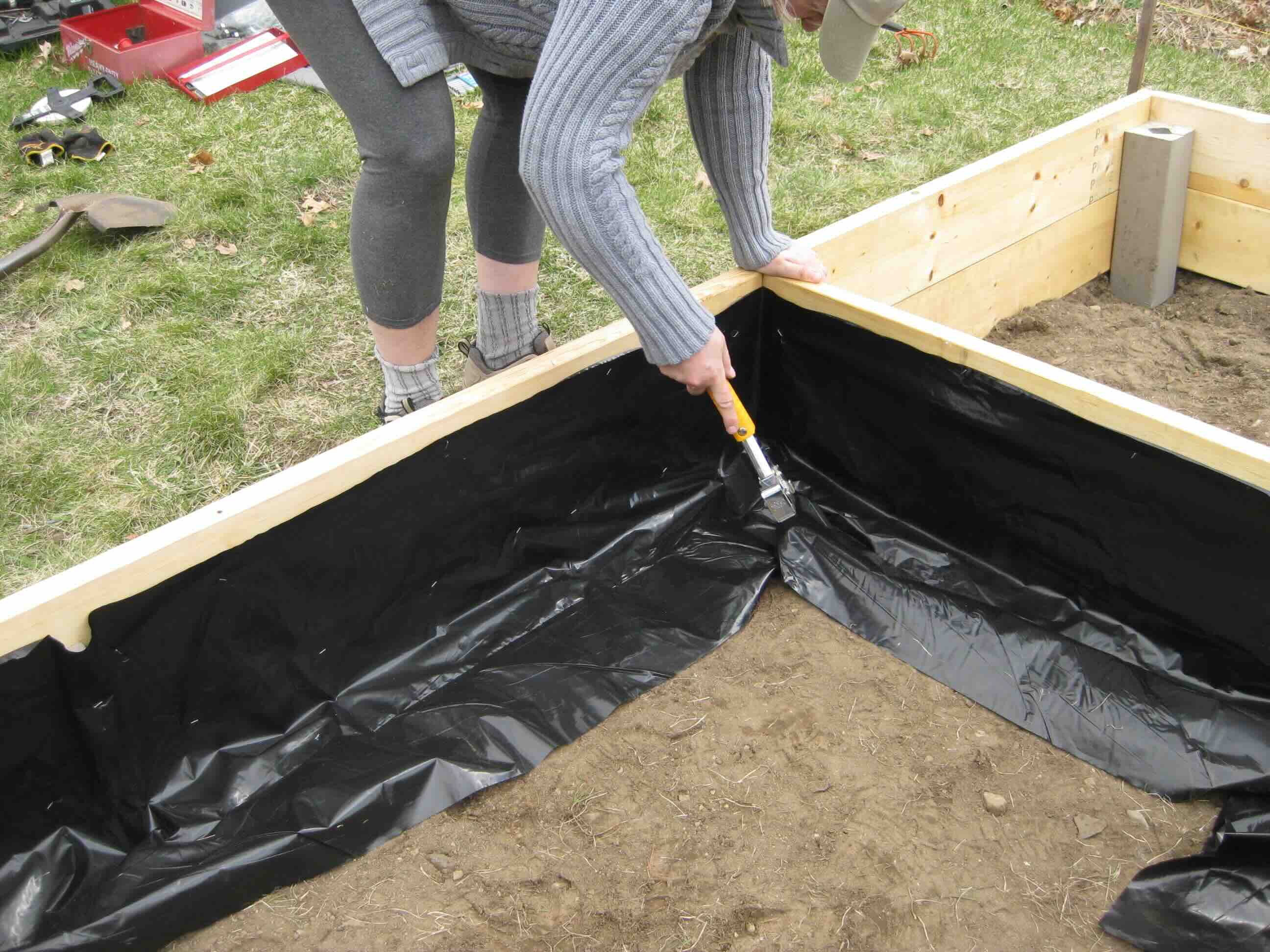
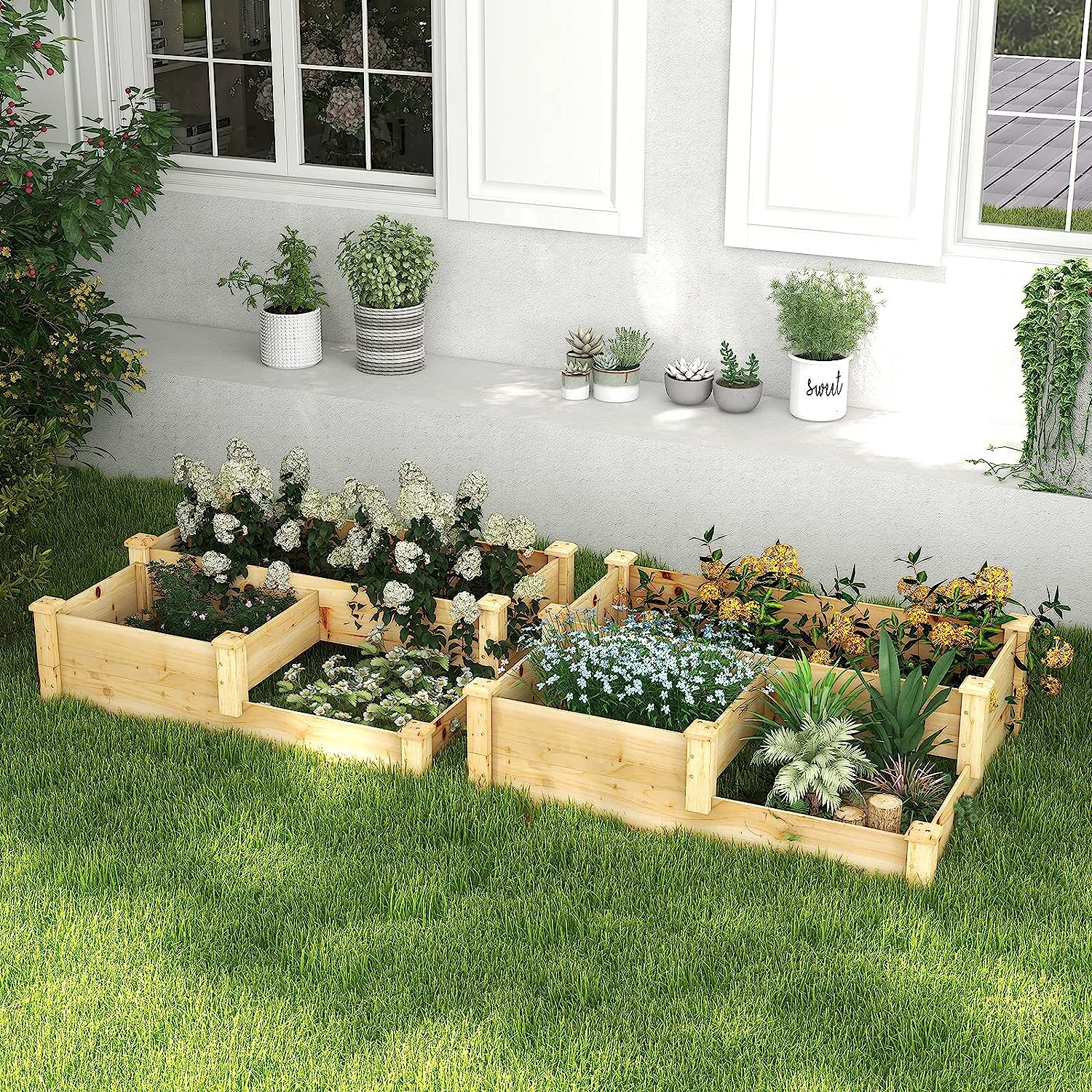
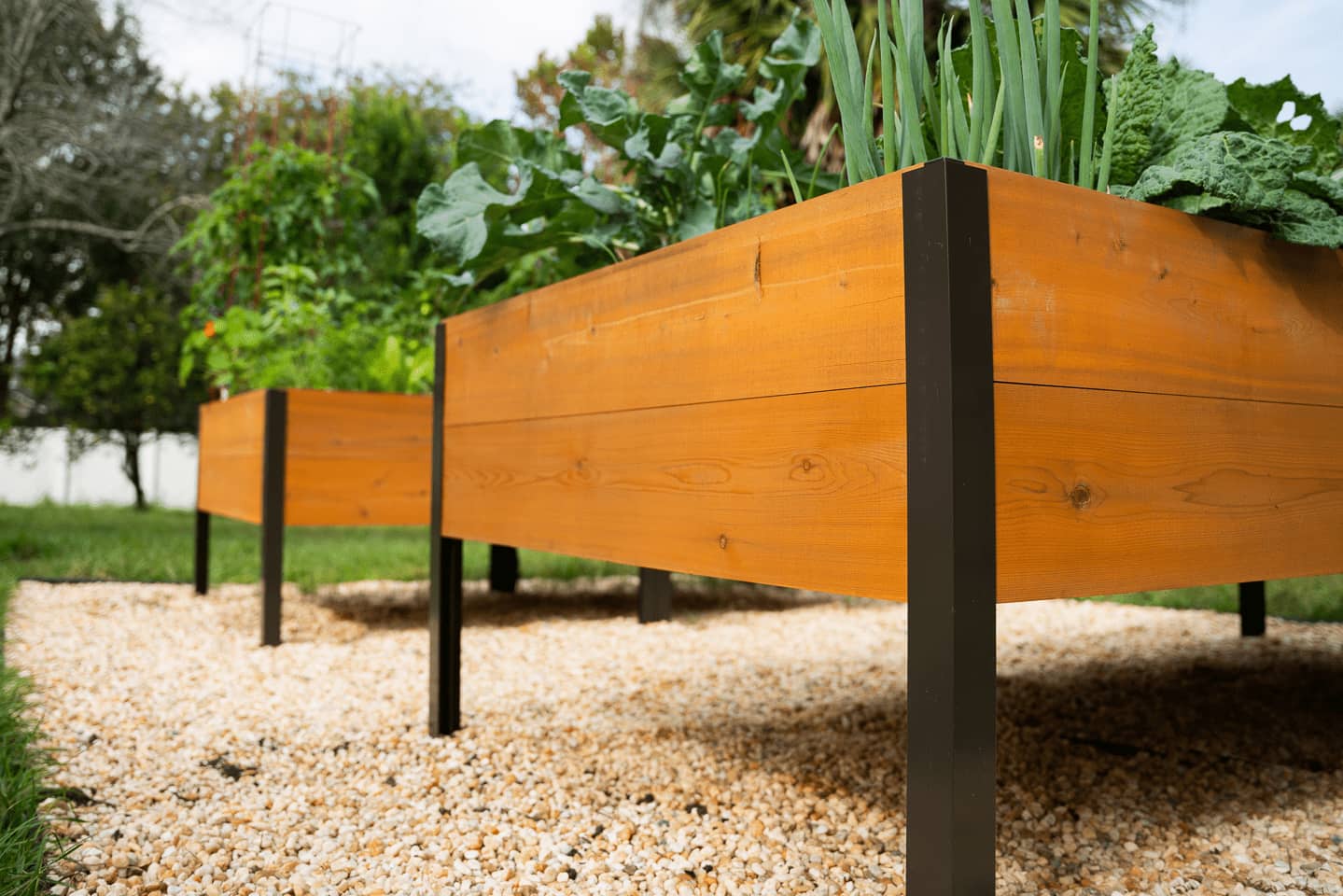



0 thoughts on “What Was A Victory Garden”